Australia Instead of squeezing and swallowing its prey like usual, black-headed pythons in a reserve in Queensland eat their smaller counterparts alive.
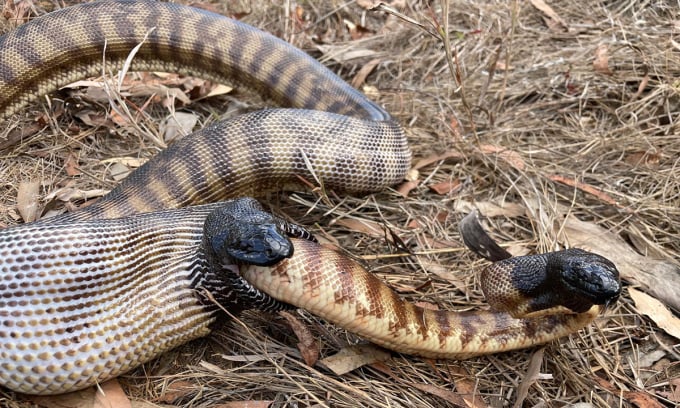
Black-headed python cannibalizes its smaller counterpart. Photo: Nick Stock/AWC
Nick Stock, manager at the Australian Wildlife Conservancy (AWC) Piccaninny Plains Wildlife Sanctuary in Queensland, Australia, took a photo of a large black-headed python ( Aspidites melanocephalus ) eating its own kind, New Atlas reported on October 19.
"It took about 15 minutes from the time I saw the initial squeeze until the python finished its meal and returned to its burrow, which was only about 3m away. This gave me plenty of time to get my camera and record the incident," Stock said.
Unlike many snakes that prey on mammals, black-headed pythons more frequently seek out reptile prey, sometimes even cannibalizing their own kind. In such cases, juvenile pythons are more likely to fall prey to larger adults. However, such events are rarely observed, let alone captured on camera.
Cannibalism in the animal kingdom is more common than people think. "I was surprised at first, but I also felt lucky to have witnessed something like this. I've seen black-headed pythons eat eastern brown snakes and yellow-spotted monitor lizards before, but this was the first time I'd seen a black-headed python eat another black-headed python," Stock said.
While not dangerous to humans, the python has been known to eat large reptiles such as monitor lizards, and has even taken on venomous snakes and won. "I wouldn't be surprised if they ate another python if given the chance. By eating other individuals, they also reduce competition for resources in the area," said Dr Helena Stokes, an ecologist at AWC.
Covering 164,862 hectares, the Piccaninny Plains Game Reserve is a remote and diverse wilderness area in the heart of the Cape York Peninsula. It is an important area for conservation projects, biodiversity research and other wildlife studies.
Thu Thao (According to New Atlas )
Source link


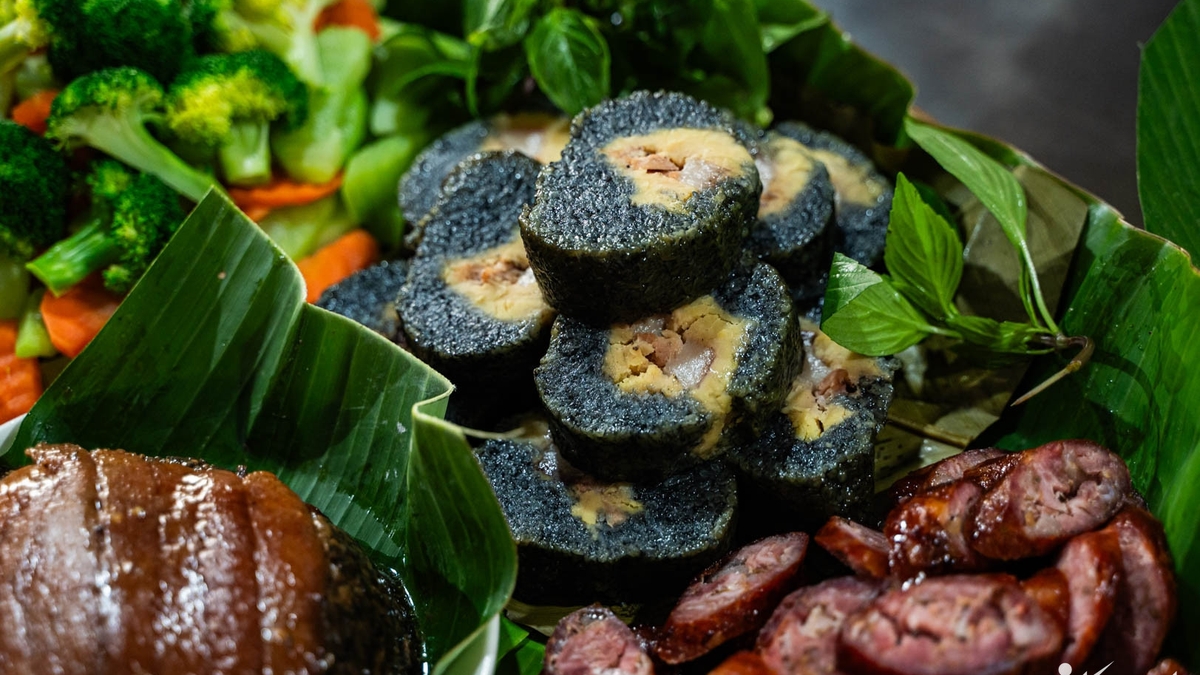



![[Photo] Prime Minister Pham Minh Chinh receives Lao Minister of Labor and Welfare Phosay Sayasone](https://vphoto.vietnam.vn/thumb/1200x675/vietnam/resource/IMAGE/2025/11/11/1762872028311_dsc-2246-jpg.webp)



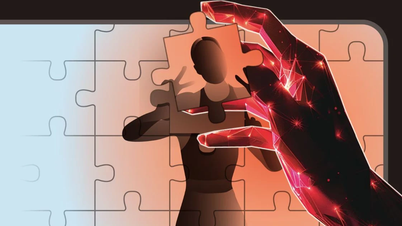




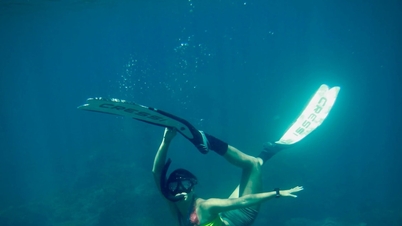

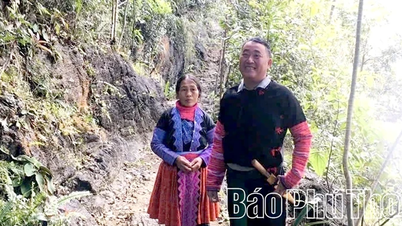

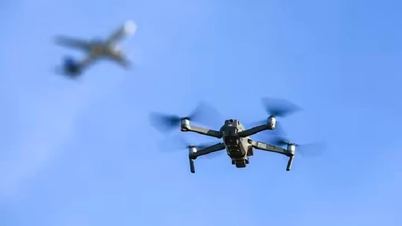



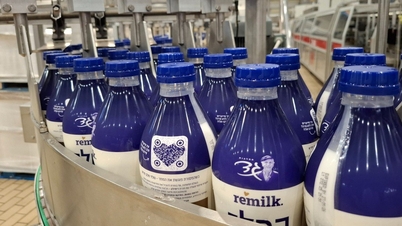

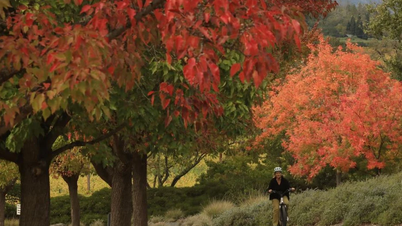






































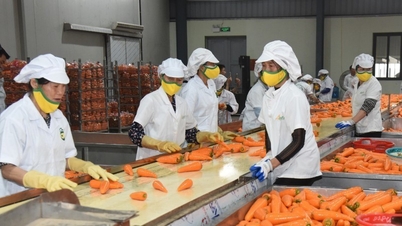














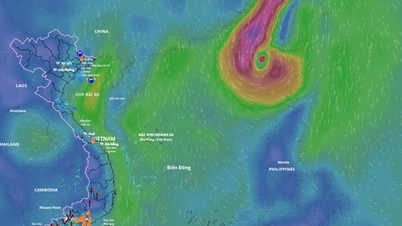


























![Dong Nai OCOP transition: [Article 3] Linking tourism with OCOP product consumption](https://vphoto.vietnam.vn/thumb/402x226/vietnam/resource/IMAGE/2025/11/10/1762739199309_1324-2740-7_n-162543_981.jpeg)







Comment (0)